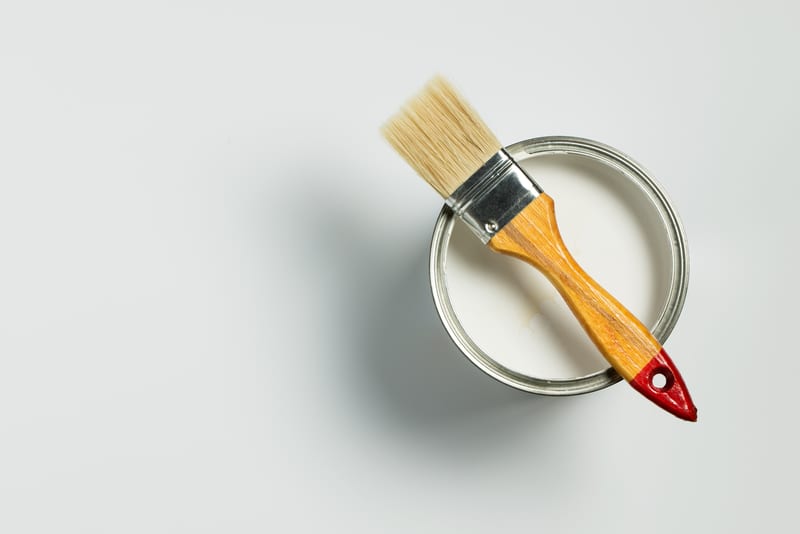If you’ve decided to paint the interior of your home, the most important thing to consider is which colour you want your home to be. If you’re preparing a room for your newborn baby, baby blue might be a suitable choice for you. If you’re painting the master bedroom, you may settle for a shade of green due to the relaxing undertones. However, it is important to be mindful that not all paint is made the same. While some may be quick to choose the cheapest paint available, it could introduce problems down the road. Here are a few reasons you should never settle for low-quality paint.
Lack of Sustainability
If you invest in high-quality paint, the paint will last much longer. High-quality paint not only looks unwrinkled and polished on your walls, but it will remain in that condition for years. Choosing a low-quality paint may seem like the logical choice for some, simply because nobody will notice the difference; however, low-quality paints will end up costing you more in the long run. Low-quality paint is more likely to chip and fade, and when it eventually happens, it is not only unappealing but costly to repair. You’d end up needing to repaint your entire wall, which would have been an avoidable problem if you decided to invest in high-quality paints.
Harder to Apply to Your Walls
Low-quality paints do not stick to your walls as efficiently as high-quality paints would. You may also notice that the colour is not spreading out evenly, regardless if you are using brushes or rollers. Lower quality paint is also much more prone to splashing, which means a bigger mess and an inefficient application. More inferior quality paints often require you to apply multiple coats to reach your desired shade which may be 3-5 coats; with high-quality paints, you’ll only need to use 1 or 2 coats to achieve your intended outcome.
More Likely to Depreciate
Low-quality paint is more prone to depreciate. For example, households with little children often have walls that are covered with stains from their dirty hands, finger-paint, or drawings made with crayons and markers. When these markings are implanted on a wall covered in low-quality paint, it can be very difficult to remove them without damaging the paint. Even accidental scratches can be nearly impossible to remove on walls with low-quality paints. For example, if you accidentally scuff your kitchen chair against your wall and it leaves a mark, you may not be able to remove it without tarnishing the finish adequately. When you use high-quality paint to paint your home’s interior, you can afford accidents to happen, without having to resurface your entire wall.
Low-quality paint is not a sustainable option for homeowners, nor is it easy to apply to your walls. The investment in high-quality paints may be more costly upfront, but it will undoubtedly pay dividends when you notice that your paint is not randomly peeling, chipping or fading.


0 Comments